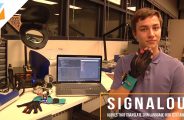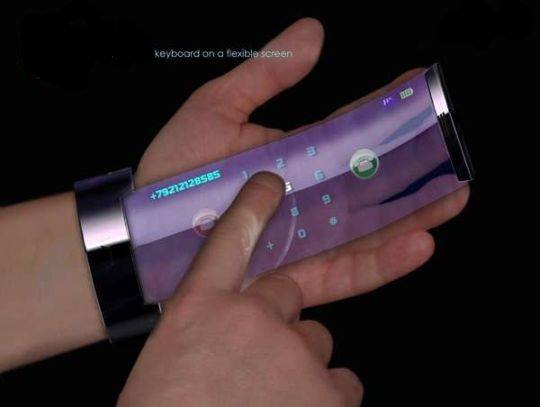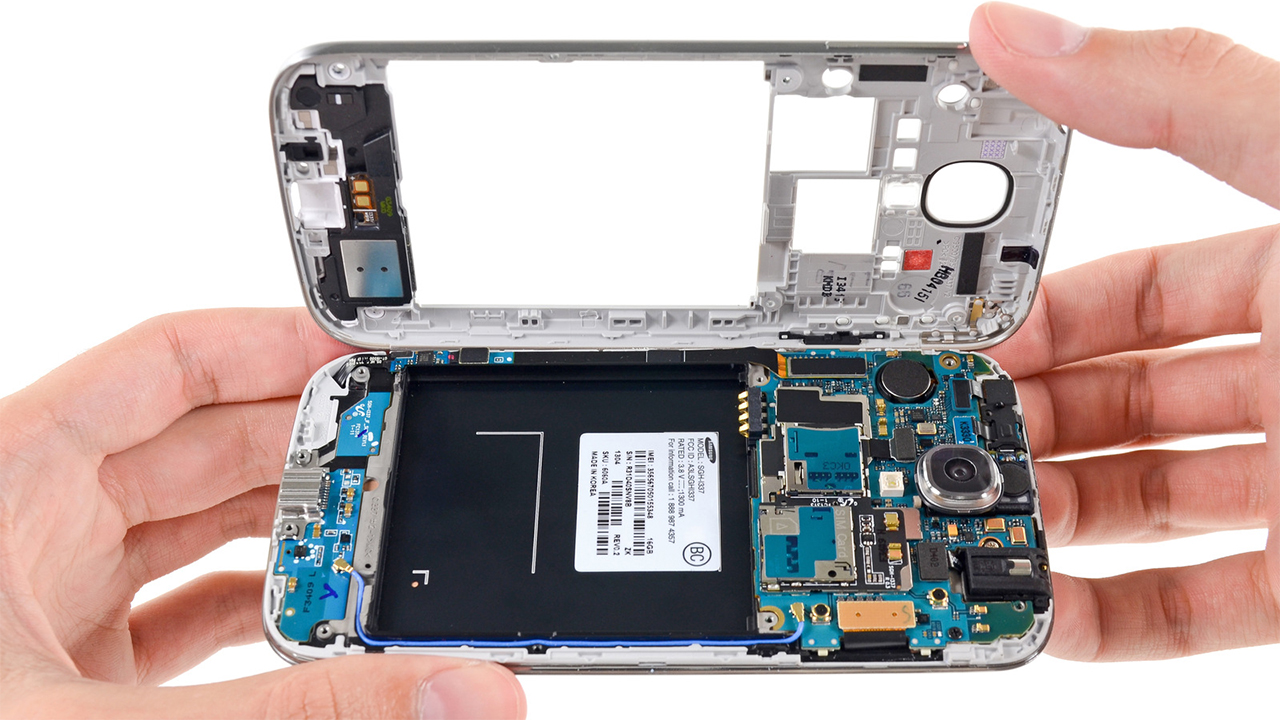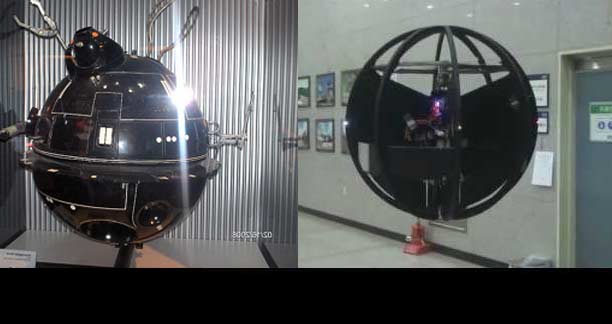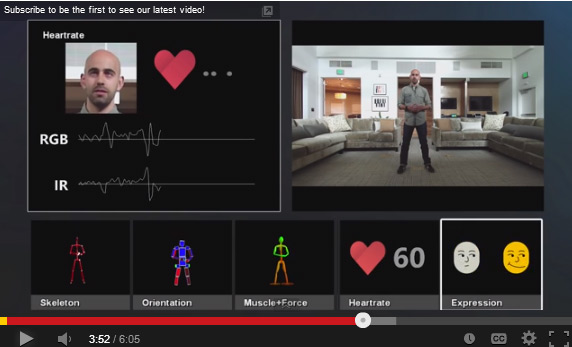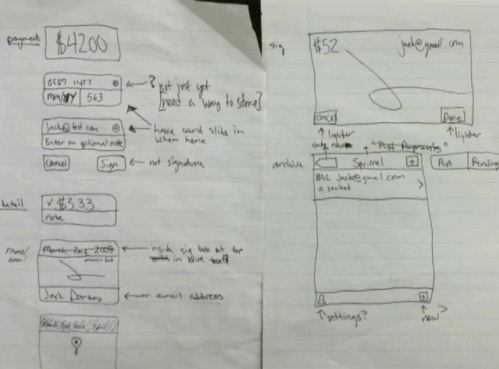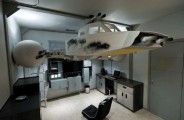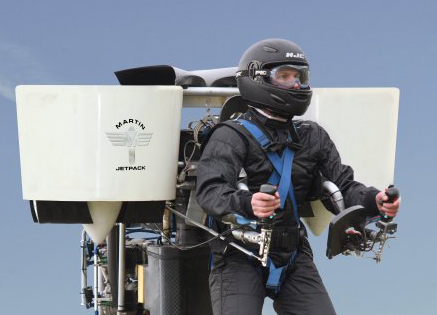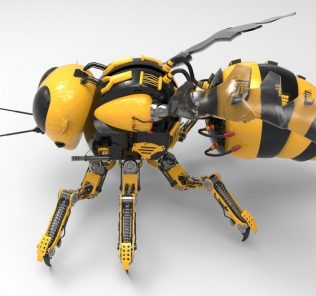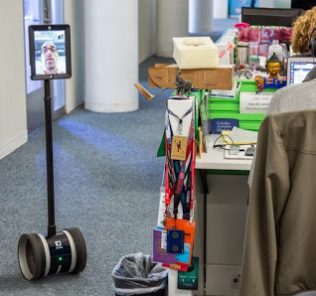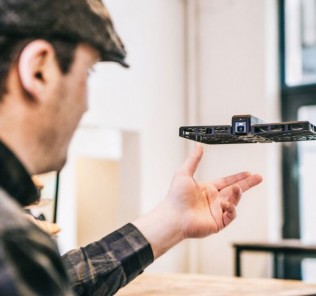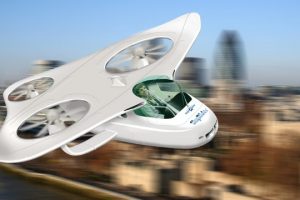U.S. Military has developed EMP Drone called (C.H.A.M.P) watch out
From sci-fi to reality. The computer-blitzing drone that can cripple a nation’s electronics at the touch of a button
Scientists have turned fantasy into reality by developing a missile/drone that targets buildings with microwaves that disable computers but don’t harm people.
Aircraft manufacturer Boeing successfully tested the weapon on a one-hour flight during which it knocked out the computers of an entire military compound in the Utah desert. It is thought the missile could penetrate the bunkers and caves believed to be hiding Iran’s suspected nuclear facilities. But experts have warned that, in the wrong hands, the technology could be used to bring Western cities such as London to their knees.
During Boeing’s experiment, the missile flew low over the Utah Test and Training Range, discharging electromagnetic pulses on to seven targets, permanently shutting down their electronics. Boeing said that the test was so successful even the camera recording it was disabled.
Codenamed the Counter-Electronics High Power Microwave Advanced Missile Project (CHAMP), it is the first time a missile with electromagnetic pulse capability has been tested.
The company did release real film showing a row of computers that can be seen shutting down when the electromagnetic pulse is switched on.
Although the project is shrouded in secrecy, experts believe the missile is equipped with an electromagnetic pulse cannon. This uses a super-powerful microwave oven to generate a concentrated beam of energy which causes voltage surges in electronic equipment, rendering them useless before surge protectors have the chance to react.
Keith Coleman, CHAMP programme manager for Boeing’s prototype arm Phantom Works, said the technology marked ‘a new era in modern warfare’. He added: ‘In the near future, this technology may be used to render an enemy’s electronic and data systems useless even before the first troops or aircraft arrive.
‘We hit every target we wanted and made science fiction into science fact. When the computers went out, it actually took out the cameras as well. It was fantastic.’
The project has cost £24million and has been developed on behalf of the US Air Force Research Laboratory following a request from the Pentagon four years ago. Lead test engineer Peter Finlay said: ‘We’re not quite at the place where the Star Trek and Star Wars movies are but this is definitely an advancement in technology able to give us an opportunity to do things we could not do before.’ James Dodd, vice-president of Advanced Boeing Military Aircraft, said there was a real need for a weapon that could knock out a target but not cause harm to people and structures.
He said: ‘We know this has capabilities and impact. We’re trying to see if we can get it implemented sooner rather than later.’
However, experts fear that the project could create an arms race, with countries scrambling to build their own electromagnetic pulse weapons. Professor Trevor Taylor, Professorial Fellow at the Royal United Services Institute, said the Western world would be much more vulnerable to such an attack because of our increased reliance on electronics. He added: ‘This is a challenging area in political and military terms. Ideally there would have been an arms-control agreement to cover this field, because once technology is actually developed, control becomes harder.
‘The historical record shows that important technologies developed in one country are developed elsewhere within a relatively short period – look what happened with regard to the USSR and nuclear weapons.
‘Should the US be known to have developed such a technology to the production stage, it would drive others to try to act similarly.
‘Western countries are more dependent on electronics-based IT than others and would be vulnerable to extensive disruption.’









